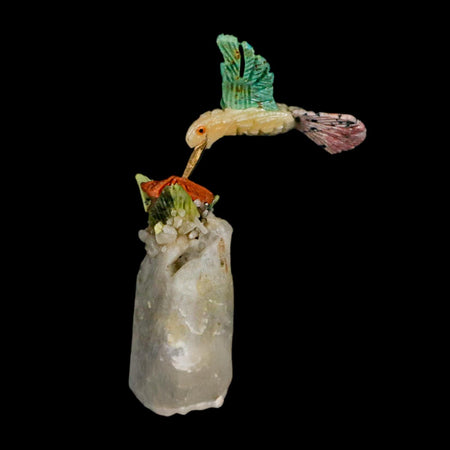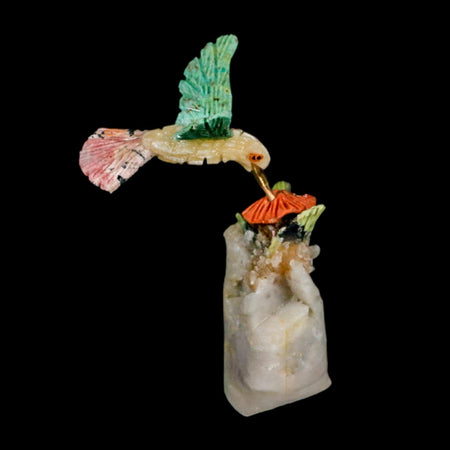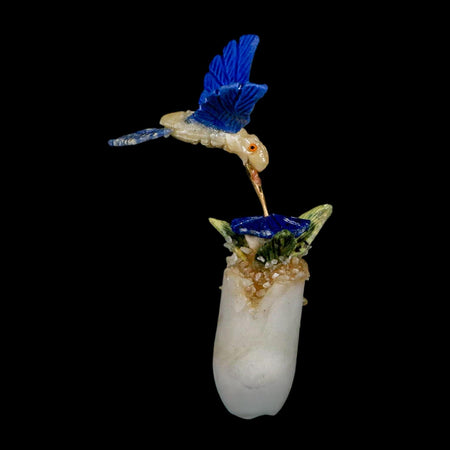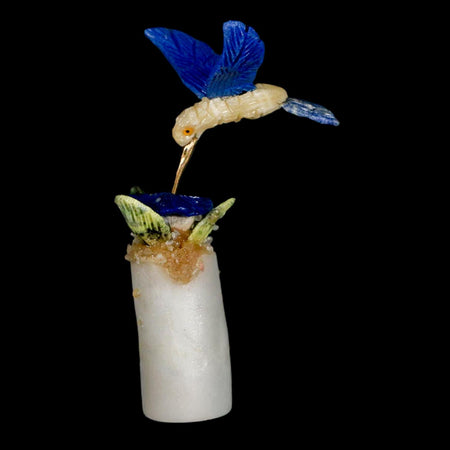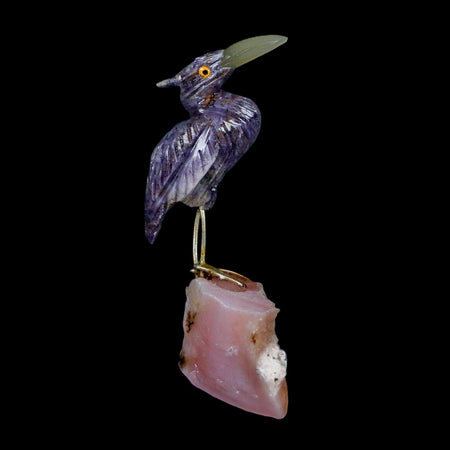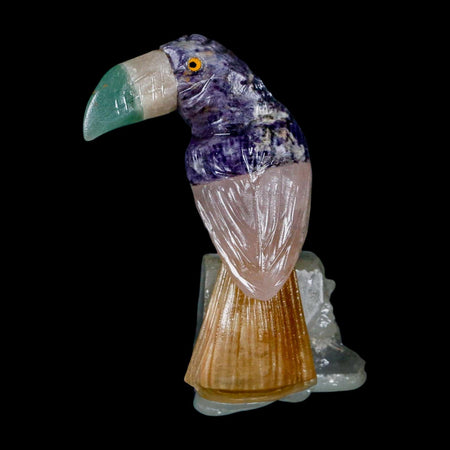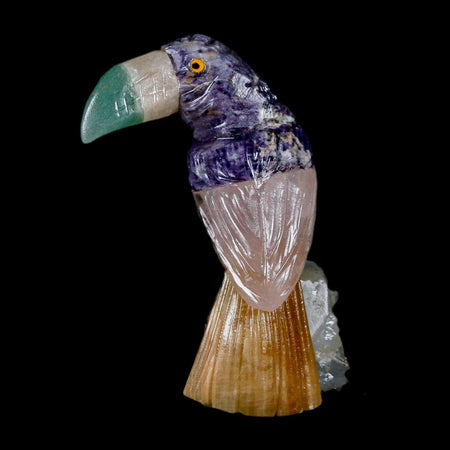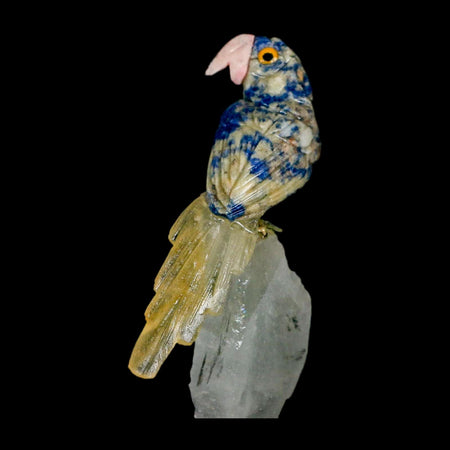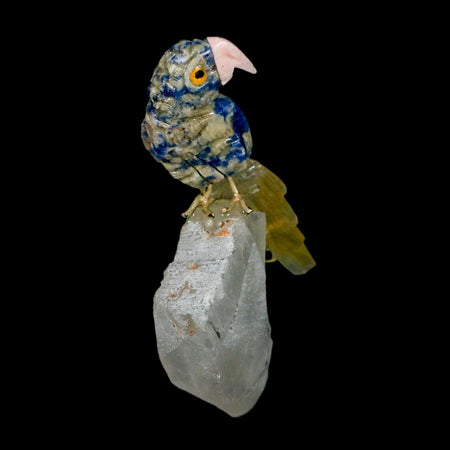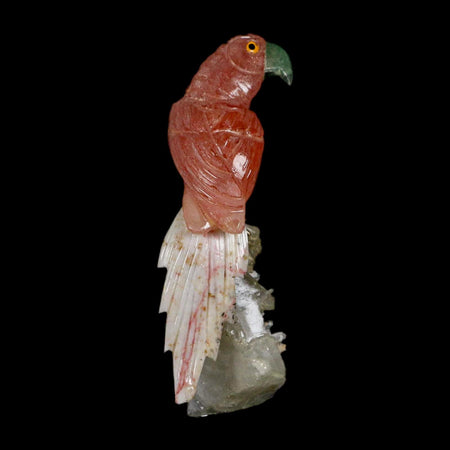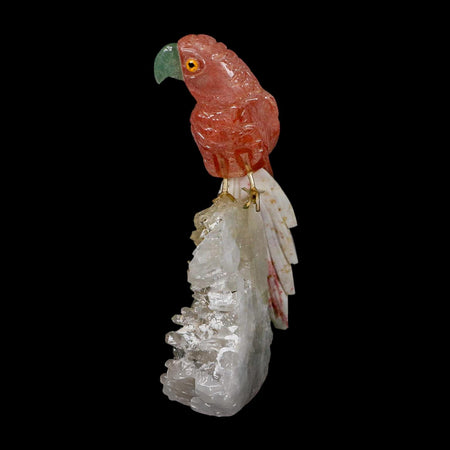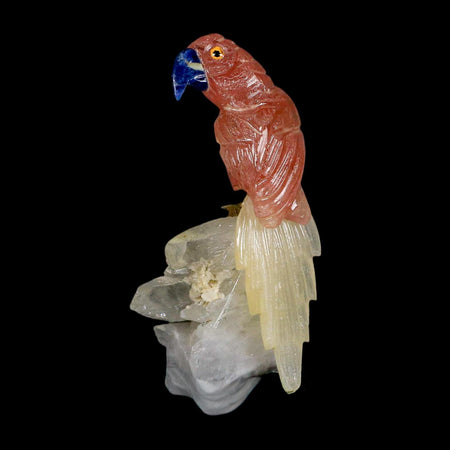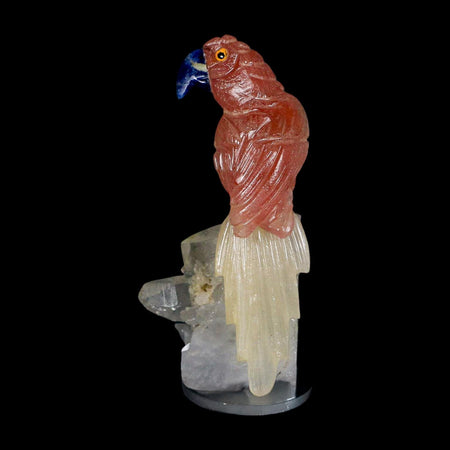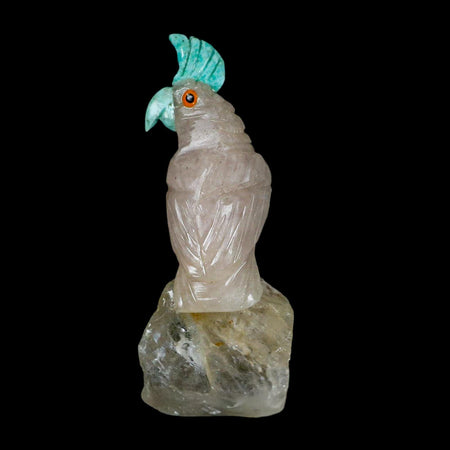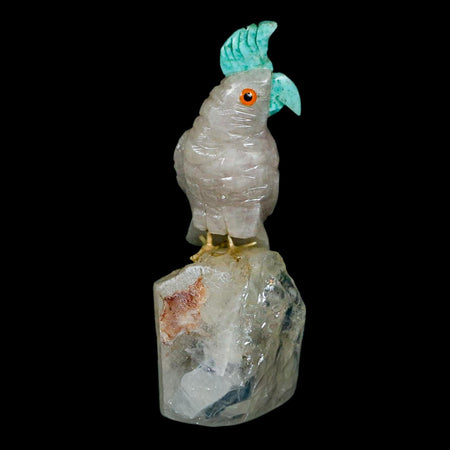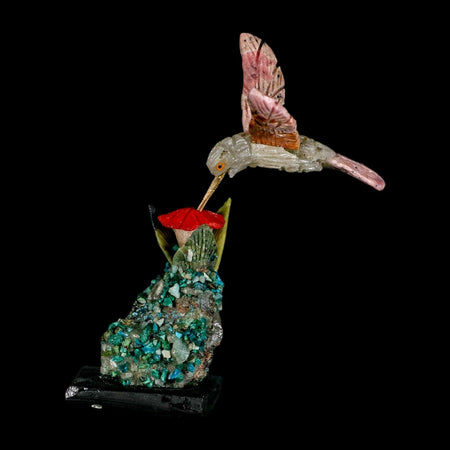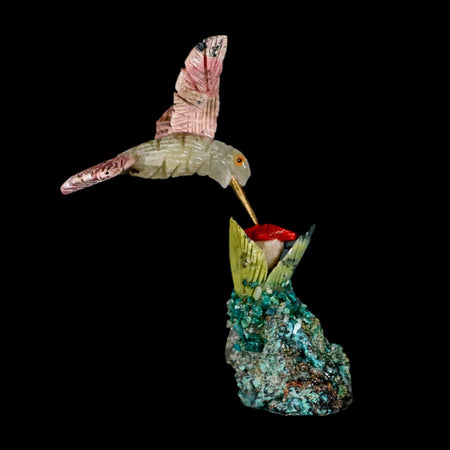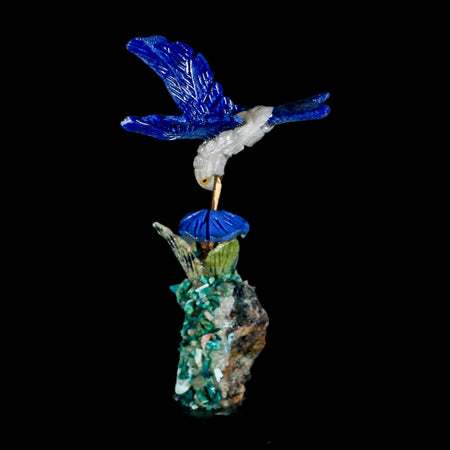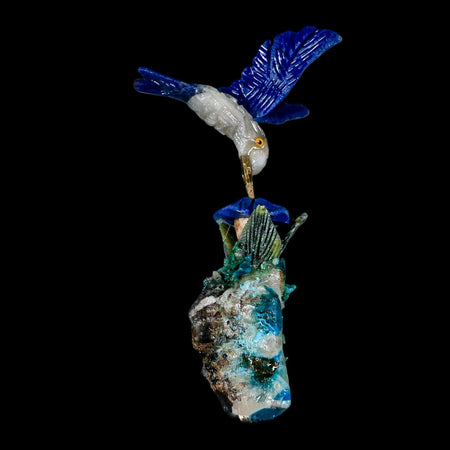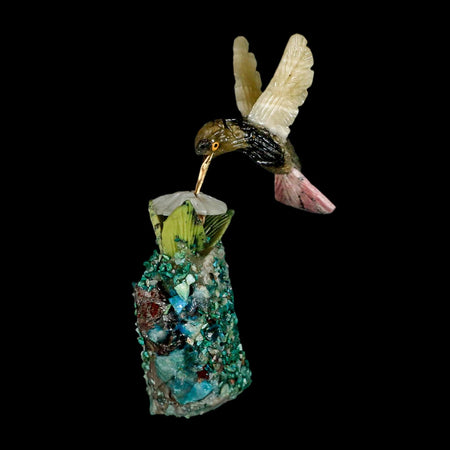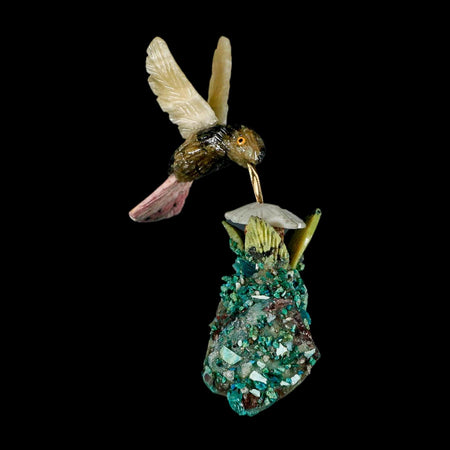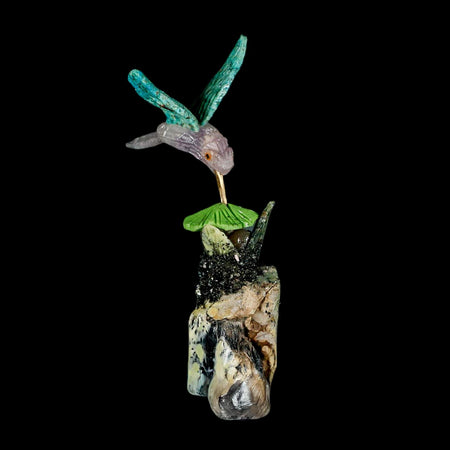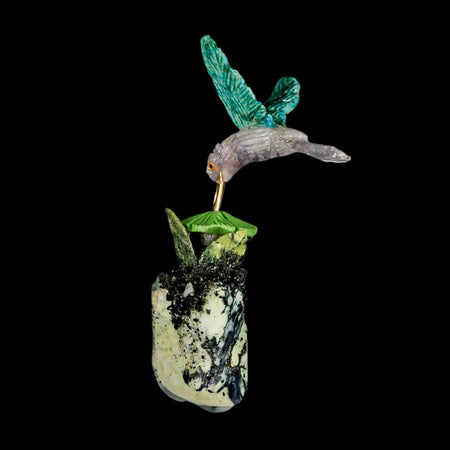Carved Minerals Collection
The art of carving birds from semi-precious stones in Peru is a testament to a rich cultural heritage, skilled craftsmanship, and the abundant natural resources of the Andean region. This practice draws upon ancient traditions of working with natural materials and has evolved over centuries, reflecting both indigenous beliefs and later influences.
The use of stones for artistic and utilitarian purposes in Peru dates back millennia, long before the arrival of Europeans. Pre-Columbian civilizations, such as the Moche, Nazca, Wari, and Inca, were adept at working with various minerals and stones, including turquoise, lapis lazuli, serpentine, and quartz. These materials were not merely decorative; they often held profound symbolic and spiritual significance. Birds, in particular, were revered creatures in many Andean cosmologies, often associated with deities, the heavens, and the spirit world. For instance, the condor was a powerful symbol of the upper world and a messenger to the gods, while hummingbirds were sometimes seen as symbols of resurrection or messengers of love.
Peru is geologically rich, possessing a diverse array of minerals and gemstones. The term "semi-precious stones" encompasses a wide range of minerals that are valued for their beauty, durability, and often, their relative rarity compared to common rocks.


















